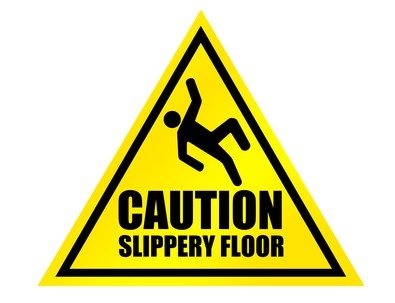Many homeowners are replacing damaged floors with cheaper, Do-it-Yourself (DIY) flooring options that require little preparation. DIY flooring eliminates the need to hire an independent contractor since many of these flooring projects can be installed quickly without mastics, sanding, or nailing. Most DIY flooring alternatives come pre-finished and “float” above the subfloor.
With results that are arguably comparable to the cosmetic beauty of professionally installed floors—you may be asking yourself, why not DIY flooring? You may be surprised to learn that many DIY-friendly flooring options cause problems and create a nightmare for homeowners, whether installed correctly or not.
Let’s take a look at some common DIY flooring options and the inherent problems they may have.
Although some have thick, external layers that go down to the tongue and groove, most engineered wood is too thin to refinish. You’re better off trying to find a close match (good luck!) or replacing the floors entirely when they become worn.
DIY wood flooring can have an abnormal, springy feel when installed improperly.
Most engineered wood flooring contains MDF or HDF, which buckles when exposed to moisture. For this reason, engineered wood cannot be installed in areas where water may be present, particularly in bathrooms or laundry rooms.
Despite the fact that vinyl is considered a DIY flooring option, most problems can be attributed to improper installation. Using the wrong patch, adhesive, or underlayment material can create quite the headache, causing the vinyl to prematurely crack or open at the seams.
Sunlight, heat, and frequent traffic will cause vinyl floors to discolor, leaving surfaces with a dull luster. Floor polishers and stripping solutions can be used to clean or remove oils and residue. However, permanent stains have been known to occur as a result.
In areas of high traffic, vinyl can easily be damaged, especially if you have pets with sharp nails. Although misuse and neglect are large contributors to this problem, even carefully treated vinyl still has a tendency to show obvious signs of wear and tear.

Laminate floors are notorious for causing accidents. Manufacturers produce non-slip solutions, but traditionally the material tends to feel rather slick, a nail-biter if you have energetic kids running through the house. Like other DIY floors, laminate cannot be sanded or refinished if damage occurs from a slippery accident.
Laminate is not a job for one person and is best suited with a helping hand. Unlike other DIY flooring options, you may need to rustle up a few buddies to help you install these floors.
Ostensibly, laminate floors contain wood, but it’s not considered natural wood. For this reason, laminate floors generally do not hold as much value as natural hardwood floors.
Although DIY floors are a great way to save time and money, one thing is clear: it’s best to consult with a professional Portland contractor that has experience installing floors to determine which flooring option fits your particular needs. Contact us to find out how we can help you with all your floor installation needs.





Yes, absolutely. You could stain the floor before putting on the sealant. If I was not on a tight budget and under tight time contraints I might have done just that.